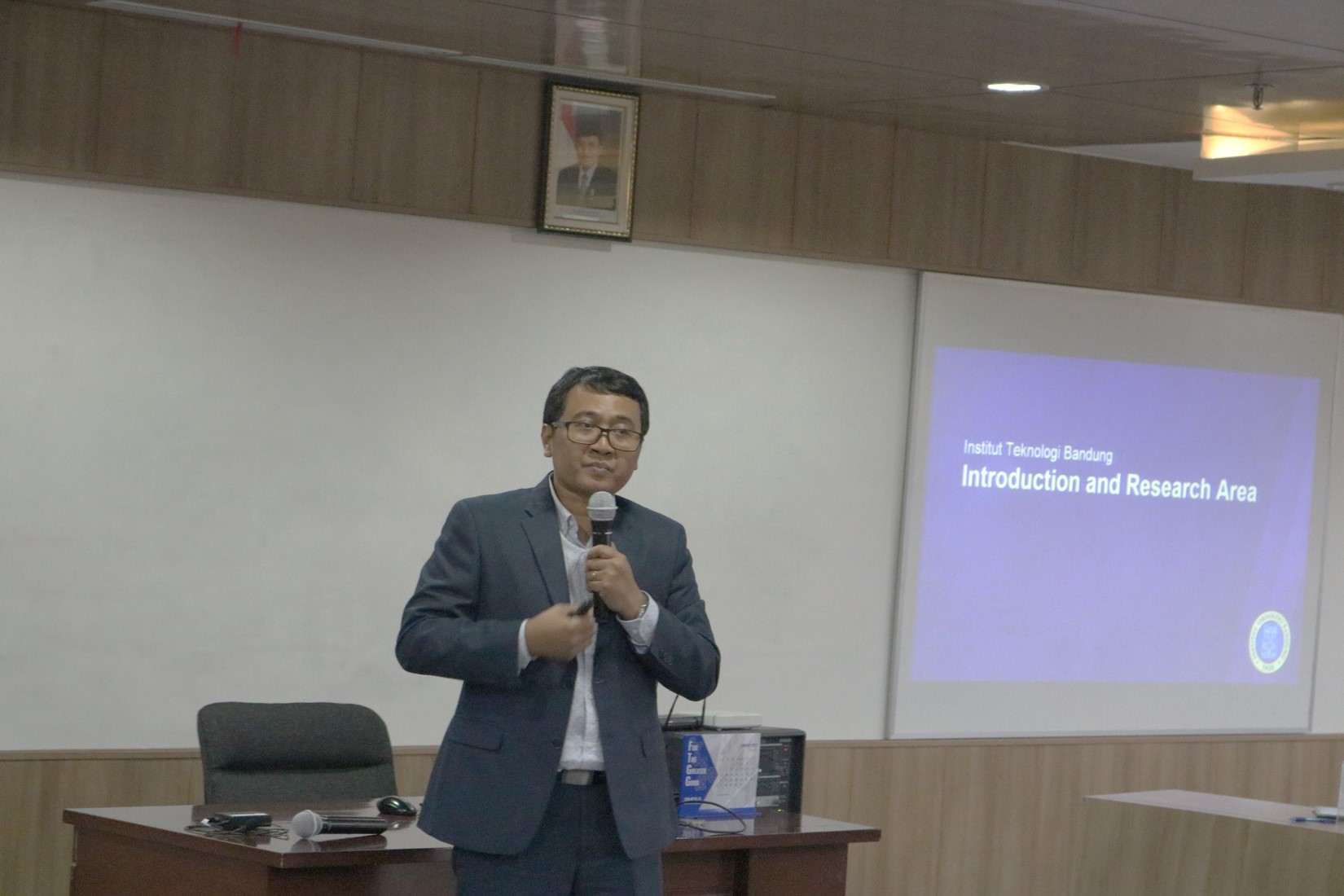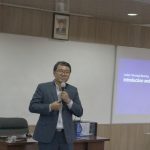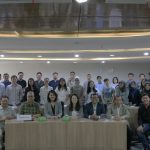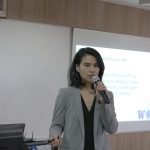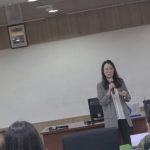
SBM ITB in collaboration with AMINEF hosted a Fulbright Research Seminar on 6 February 2019 at Jakarta Campus. Upon returning from a 3-month Fulbright Visiting Scholar at the University of Washington (UW) Seattle, USA in October — December 2018, Dr. Yos Sunitiyoso, together with his research partners from UW, Dr. Amy Kim and Lysandra Medal, presented the findings of their joint research which has been done since 2017.
“Energy efficient retrofits are designed to conserve energy and water, lower energy or utility cost, reduce greenhouse gas emissions, increase asset value and improve occupant comfort and health,” said Dr. Amy Kim in the introduction about the study. Improving energy efficiency and conservation measures in existing buildings are becoming more important with their expected benefits for reducing operational costs and helping the environment. The research aims to identify the key decision factors considered by facilities managers and the interrelationship between those factors in making decisions on building retrofits for energy efficiency. She also explained the core technologies such as building envelope, lighting and electrical systems and HVAC (heating, ventilation and air conditioning).
There are 5 categories of decision factors identified in the literature and interviews: Occupant Impact, Environmental Impact, Institutional Characteristics, Economic Feasibility and Technical Practicality. “Based on a survey to facility/building managers conducted in the USA and Indonesia, the study found that Economic Feasibility is the most important criteria in both countries,” stated Lysandra Medal. “While the second most important criteria in the US is Technical Practicality, it is ranked low in Indonesia. This may due to the fact that the actual energy efficiency retrofits have not been widely implemented in Indonesia, and thus the technical issues of the retrofits were not identified.”
Dr. Yos Sunitiyoso presented results of a qualitative study at the University of Washington regarding the interaction between the decision factors in the implementation of energy efficiency retrofits at the university. “Education buildings consume 2,238 trillion Btu ($16.8 billion/year) year — the third highest after office buildings ($30.8 billion) and mercantile buildings ($22.7 billion). Therefore the potential gain from energy efficiency opportunities is significant,” He said. The study identified 32 decision factors within the 5 categories above and developed a causal loop diagram that shows cause-effect relationships between the factors. Three main categories emerged as major concerns: economic feasibility, occupant impact, and technical practicality. Institutional characteristics and environmental impacts are less of a concern due to the strong commitment of the university and the city government and sustained awareness and practice of all stakeholders in environmental conservation.




